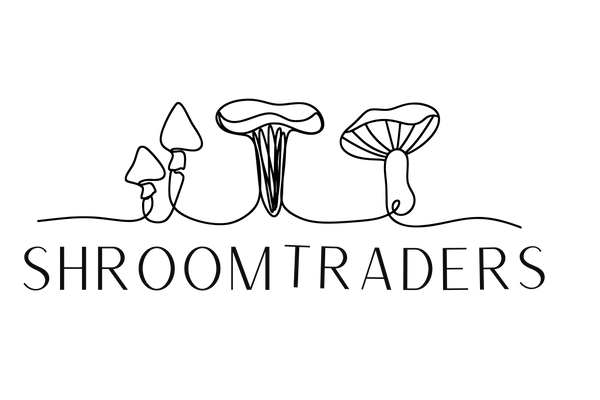
Mycelium: The Future of Sustainable Packaging
Share
Plastic pollution is one of the biggest environmental crises of our time, but nature might have a solution—mycelium, the root-like network of fungi. Companies like Ecovative Design and Mushroom® Packaging (by Ecovative) are pioneering mycelium-based materials as a biodegradable, compostable alternative to plastic and Styrofoam.
How Does Mycelium Packaging Work?
Mycelium grows by digesting agricultural waste (like hemp hurd or sawdust) in a controlled environment.
Within 5–10 days, the fungal fibers bind the waste into a durable, lightweight material that can be molded into:
-
Protective packaging (replacing foam peanuts and plastic inserts)
-
Shipping boxes (fully compostable at home)
-
Furniture and building materials (some startups are even making mycelium-based bricks!)
Unlike synthetic materials, mycelium packaging decomposes naturally in weeks, leaving no toxic residue.
Big Brands Embracing Mycelium
Major companies are already adopting this eco-friendly alternative:
-
IKEA – Testing mycelium-based packaging to replace polystyrene.
-
Dell – Used mushroom packaging for shipping electronics as early as 2011.
-
Lush – Exploring mycelium containers for cosmetics.
-
Hermès – Collaborated with MycoWorks to create a luxury mycelium leather bag.
Why This Matters
-
Reduces plastic waste – Traditional packaging can take centuries to break down; mycelium decomposes in 30–90 days.
-
Low-energy production – Grows at room temperature, unlike plastic manufacturing, which relies on fossil fuels.
-
Carbon-negative potential – Mycelium absorbs CO2 as it grows.
Challenges Ahead
While mycelium packaging is promising, scaling up production and competing with cheap plastics remain hurdles. However, as sustainability becomes a priority for consumers and corporations, fungal materials could soon become mainstream.
Would you switch to mycelium packaging? Let us know in the comments!
